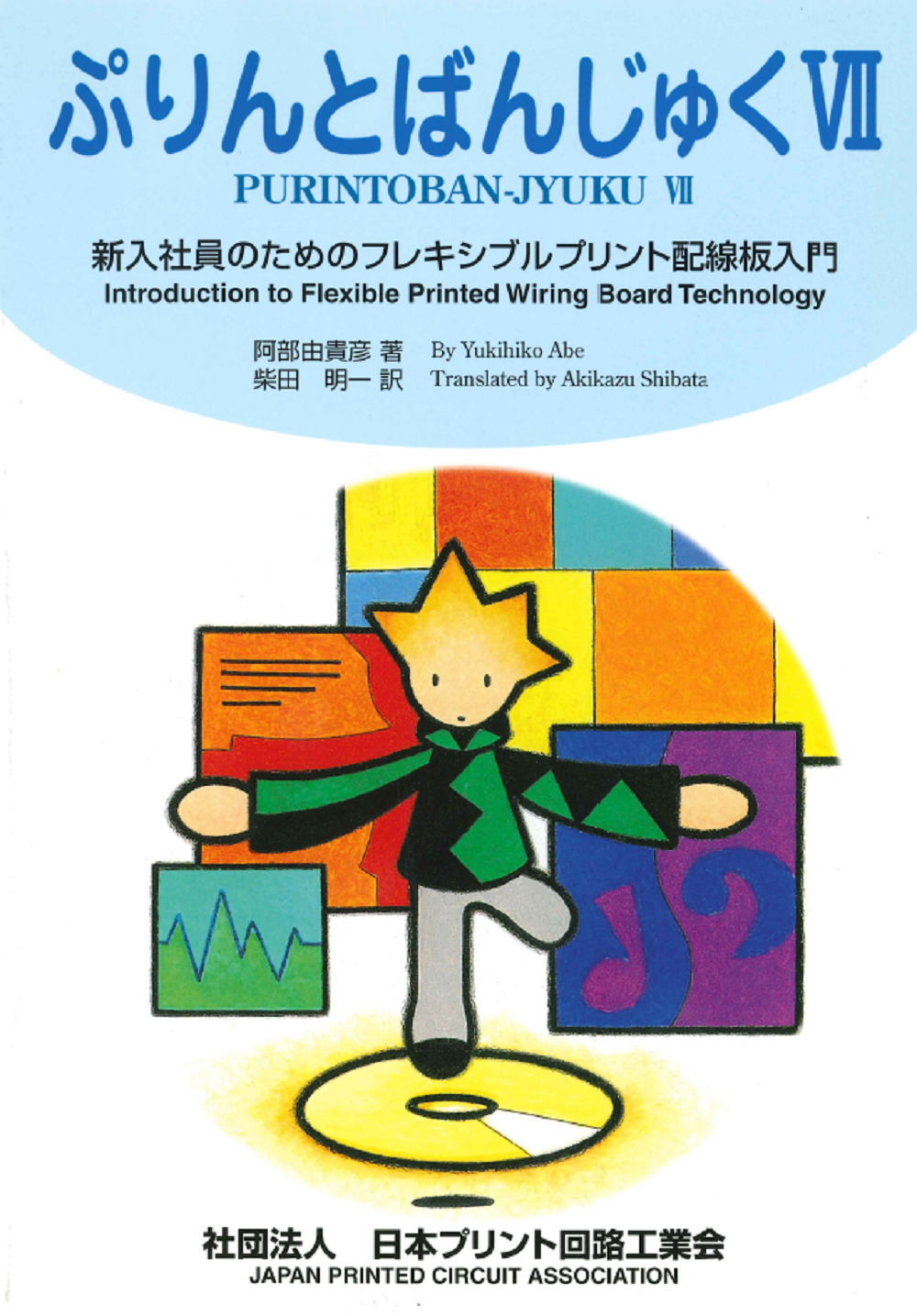PURINTOBAN-JYUKU VII Introduction to Flexible Printed Wiring Board Technology
- By Yukihiko Abe
- Translated by Akikazu Shibata
- First Printing (Japanese Edition) June 1,2003
- First Printing of English Edition June 1,2003
- A5 Size 84 Pages
Preface
To the readers of this book
This book is the compilation of a series of eight lectures on the “Introduction to Flexible Printed Wiring Board for Engineers” appeared in the JPCA Journal from November 2001 issue to the June 2002 issue with some modifications. The Japan Printed Circuit Association realized that the flexible printed wiring board had been expanding its areas of applications considerably but there were few introductory texts of the technology. They came to me and asked in 2001 to write a series of lectures on the flexible printed wiring board especially for young engineers who were to work in this area but were novice to the technology.
I noticed as I was asked to prepare such a book that there were many technical books on the rigid printed wiring boards that had far more long history of technology development compared to the flexible printed wiring board of almost half a century. I also noticed that there was almost no guidebook or introductory book to the flexible board technology for workers and engineers who were to come to this technology for the first time.
Chances for ordinary people to actually see the use of a flexible board itself housed in a product may be very small as the board is usually entirely hidden in the case of the product. And yet, the flexible printed wiring board is very widely used in very many sophisticated products of the present day such as cellular phones and digital video cameras as just a few examples. Its application areas are expanding very rapidly these years.
The author believes this introductory textbook on the technology of the flexible printed wiring board is what needed for the industry and should be of significant support to many engineers in understanding the essence of the technology. Comparisons are made in this textbook when it is appropriate of the flexible board technology to that of the rigid printed wiring board that has a long history and has a large market of nearly ten-fold of the flexible board to assist understanding of the technology.
This textbook is written for the new engineers to this technology as I mentioned, however, this book should also be helpful to people actually working with the flexible board to deepen understanding of the technology and the materials they are dealing with.
I thank the Japan Printed Circuit Association for providing me with the opportunity to prepare this textbook and also wish to ask the readers to send your comments on this small textbook.
May, 2003
Yukihiko Abe

